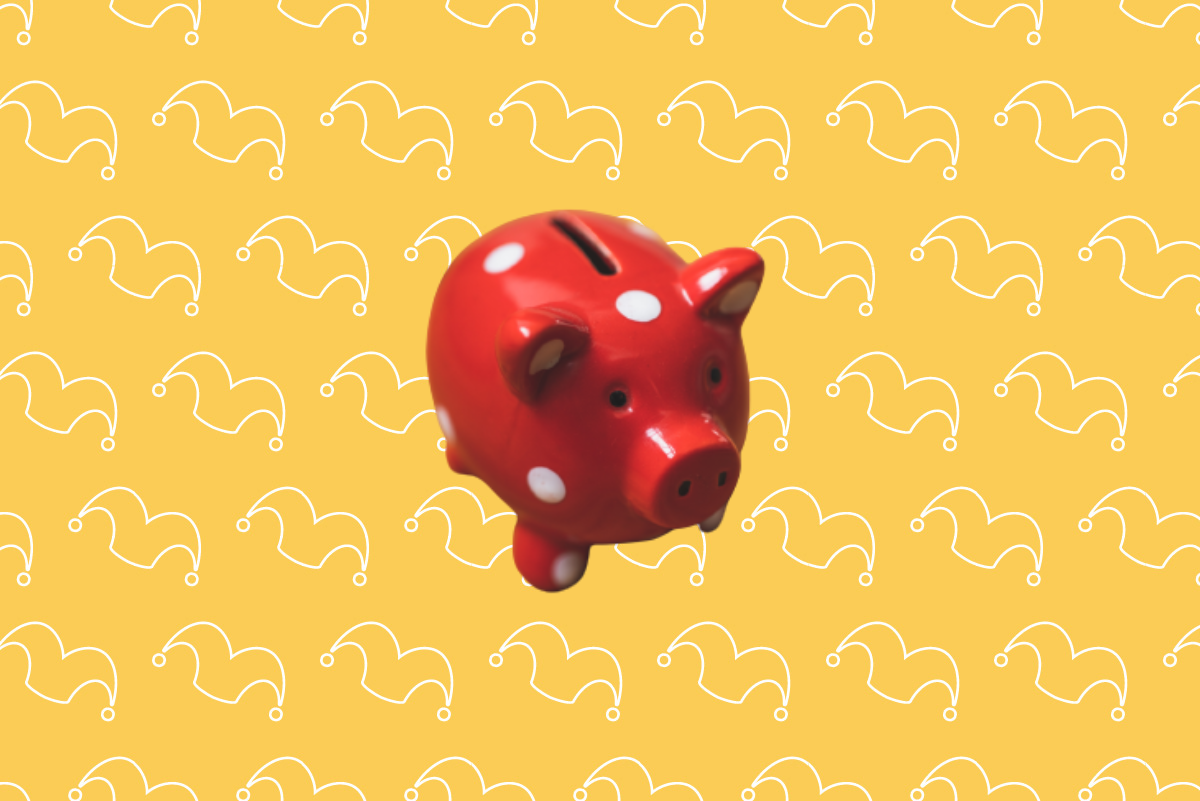Building an emergency fund is not an easy task. If it were, perhaps more people would have several months’ worth of bills in savings. But recent SecureSave data found that 63% of Americans are ill-equipped to cover a $500 financial emergency.
However, you may be in a very different boat. Maybe you have many thousands of dollars sitting in your savings account in case disaster strikes. Or maybe you at least have $1,000 or so, which might cover a minor home repair or an issue that arises with your car.
Such was the case for my friend Susan last year when she ran into a $6,000 home repair. She had the money in savings, but she was hesitant to take a withdrawal. So instead, she charged her repair on her credit card and paid it off over a year. But that’s a move that cost her extra money for no good reason.
When you defeat the purpose of having an emergency fund
It’s not a secret that building savings can be a tough thing to do. But it may surprise you to see just how tough it is to tap your savings when surprise bills pop up.
My friend fell into this trap last year. She didn’t want to lower her savings by $6,000, because that was more than half of her balance. And also, she’d worked hard to save that money and didn’t want to just kiss it goodbye.
So instead of paying for her repair outright, she charged it on a credit card. And it wasn’t a 0% interest credit card — it was a card with an 18% interest rate attached to it.
Now thankfully, she had her balance paid off in a year. She pulled that off via a combination of cutting expenses, picking up a side gig, and eventually taking some of money out of her savings when she got nervous about her lingering balance and associated interest.
But all told, taking a year to pay off that $6,000 cost her about $600 in interest. Had she just taken the money out of savings, she could’ve saved herself $600.
Furthermore, I didn’t want to pry into Susan’s credit score, but carrying that large a balance for months may have done it a disservice. Maintaining a large balance relative to your total spending limit across your credit cards has the potential to negatively impact your credit score, even if you’re making your monthly minimum payments on time.
Raid your savings and rebuild
Taking a large withdrawal from savings to cope with a financial emergency can be a mentally difficult and painful thing. But remember, the whole purpose of having an emergency fund is to be able to avoid debt — and the expense of interest that comes with it — when unplanned bills pop up.
So generally speaking, you’re better off tapping your emergency fund to cover unanticipated expenses and then working your hardest to rebuild your cash reserves as soon as possible. It’s not an easy thing to part with savings, but it’s preferable to racking up credit card interest when you have the money sitting right there.
These savings accounts are FDIC insured and could earn you 11x your bank
Many people are missing out on guaranteed returns as their money languishes in a big bank savings account earning next to no interest. Our picks of the best online savings accounts could earn you 11x the national average savings account rate. Click here to uncover the best-in-class accounts that landed a spot on our short list of the best savings accounts for 2024.

